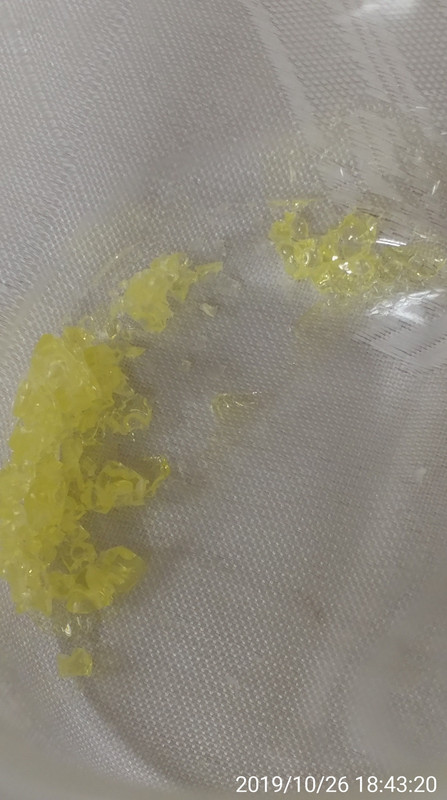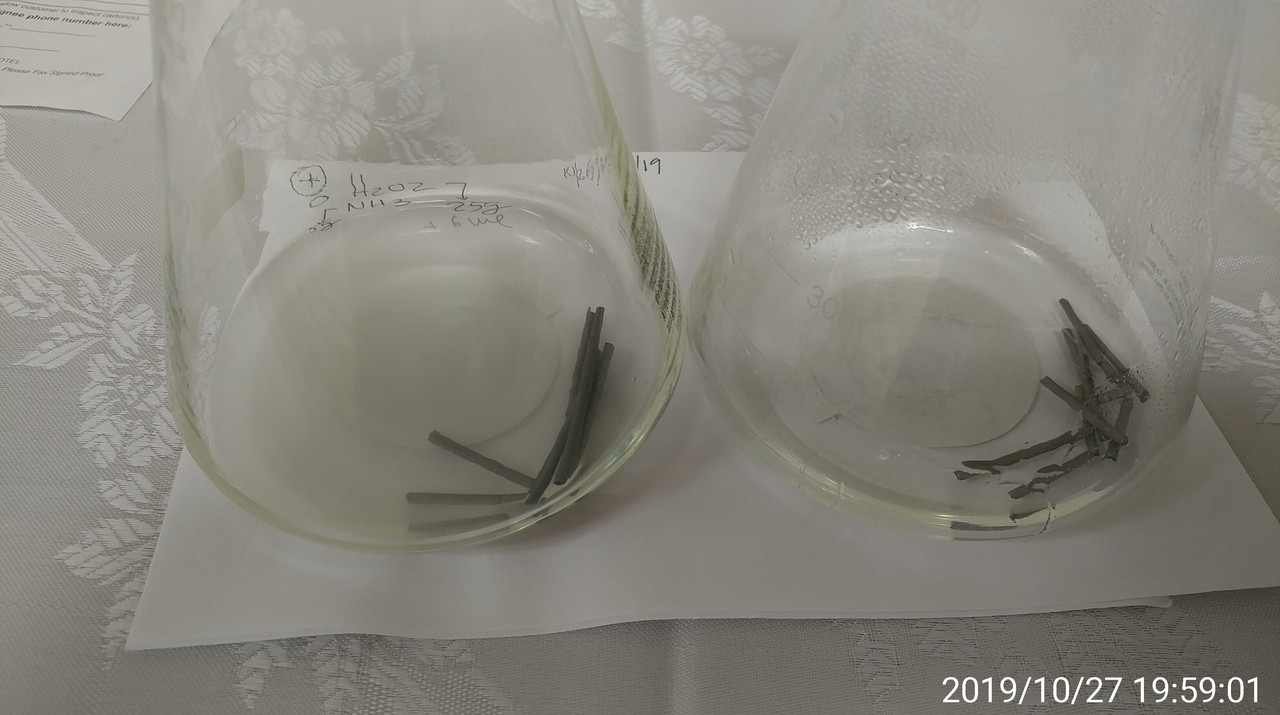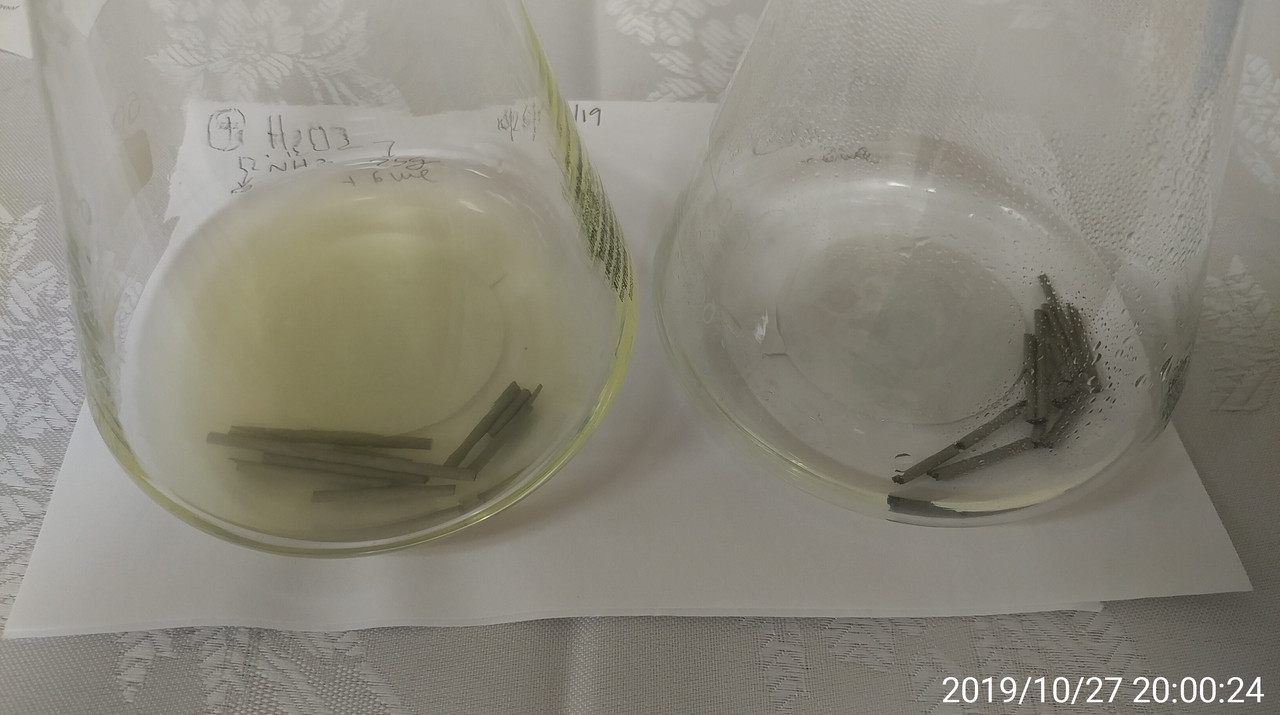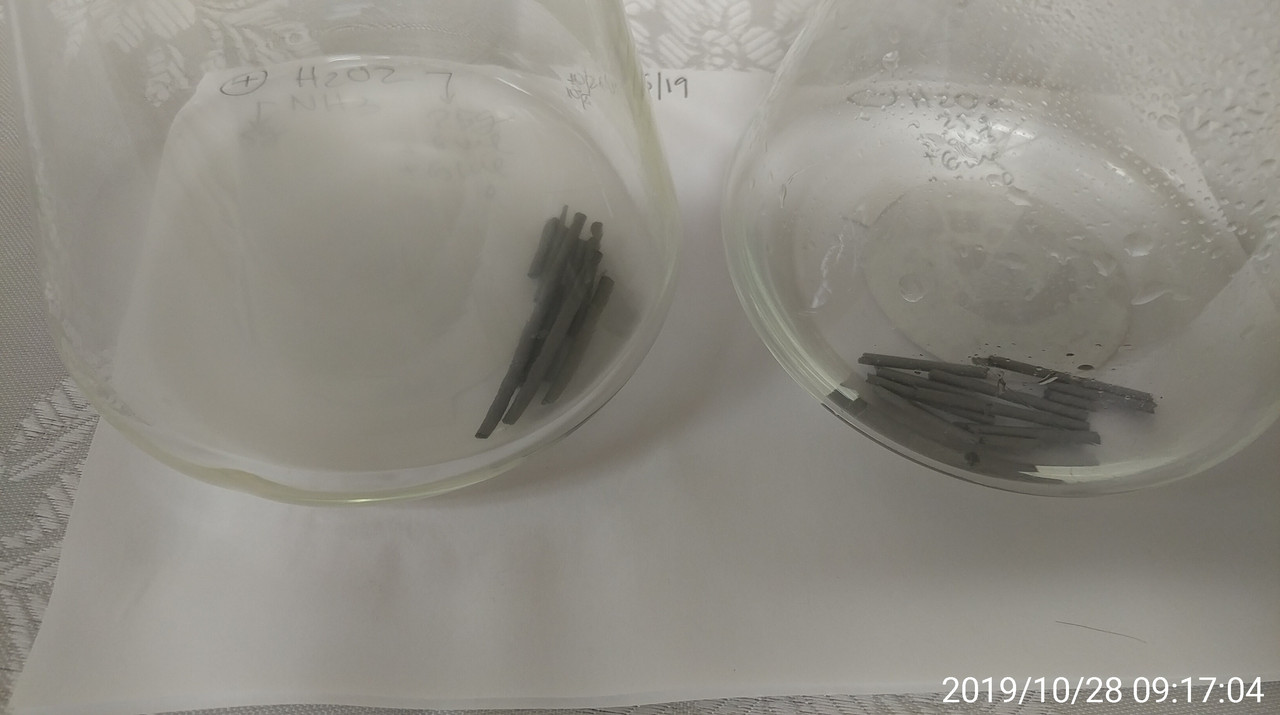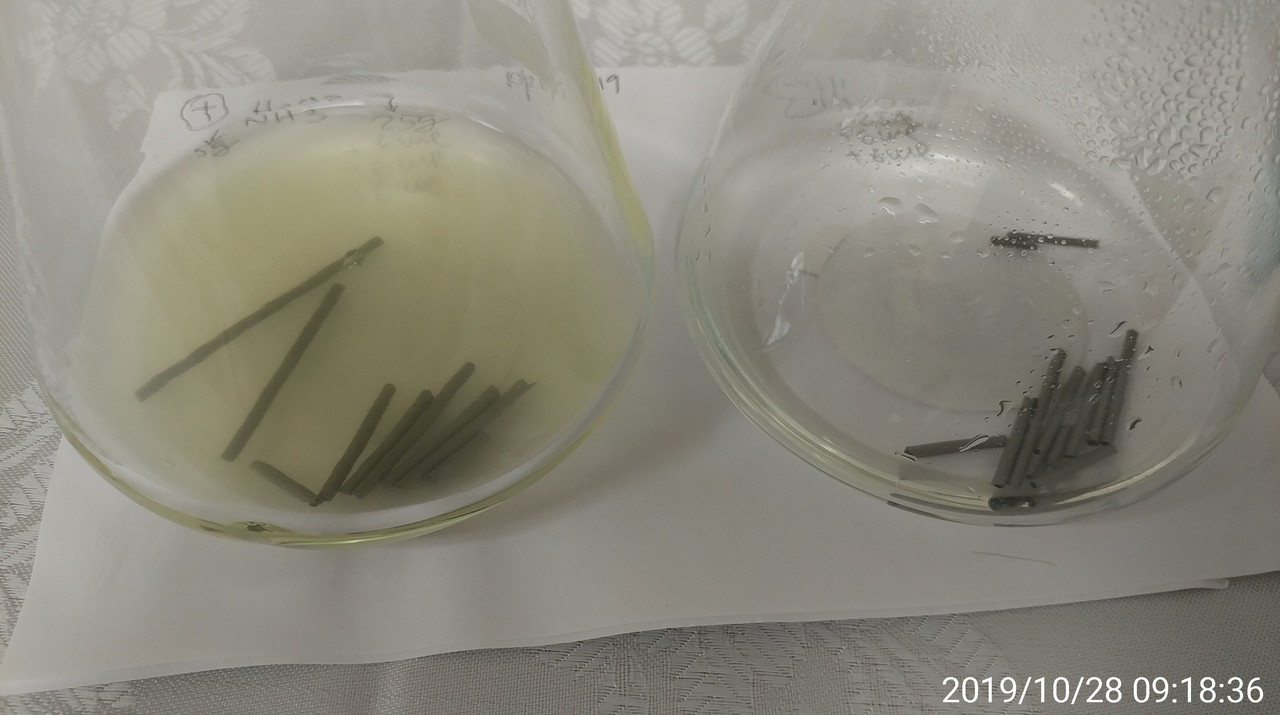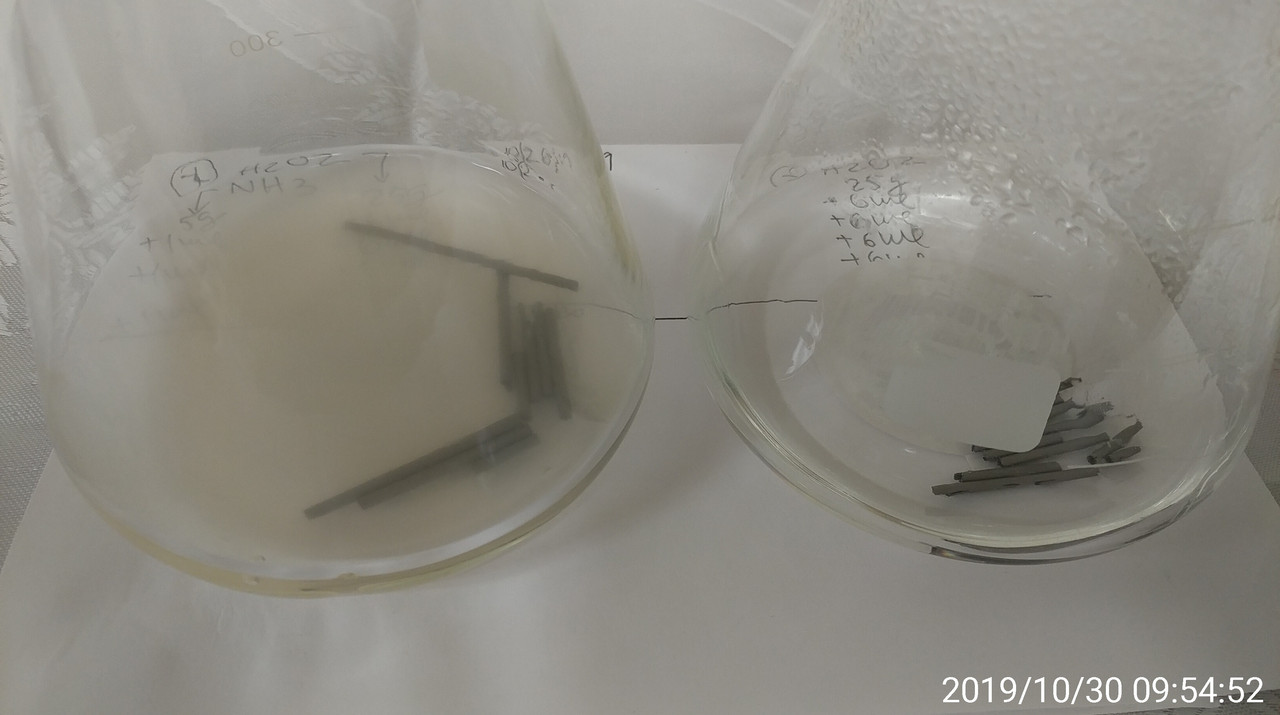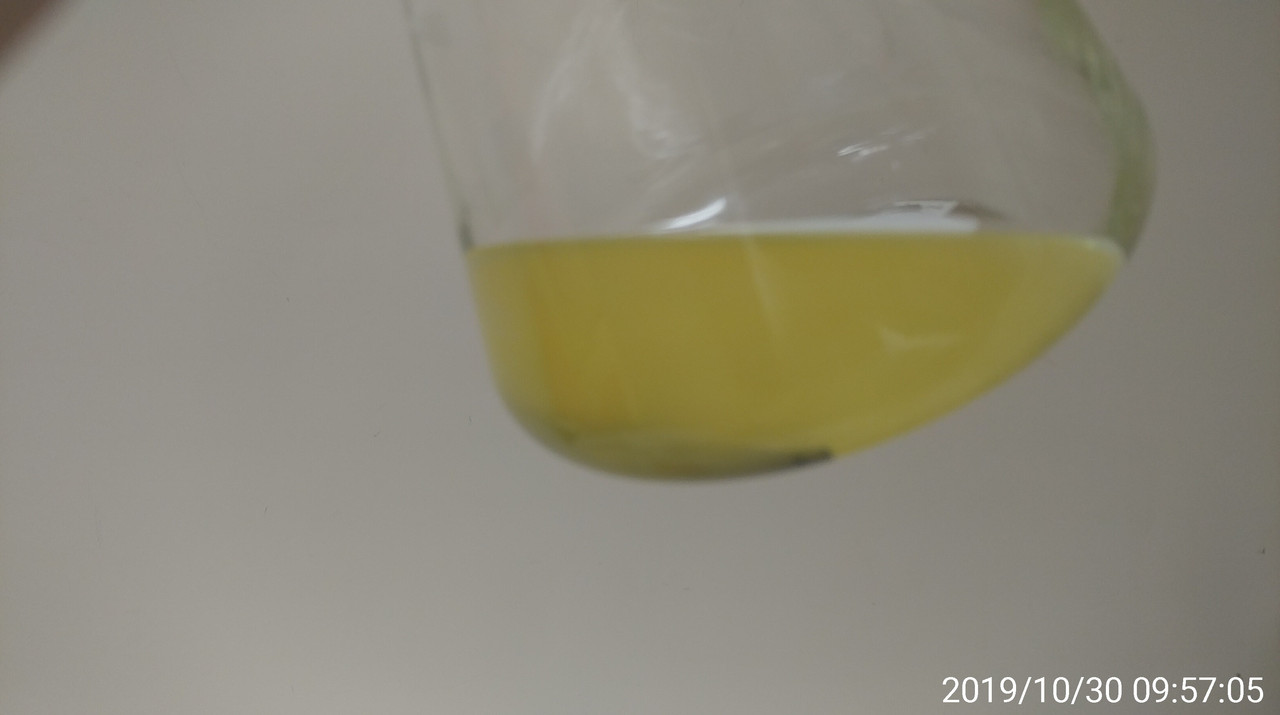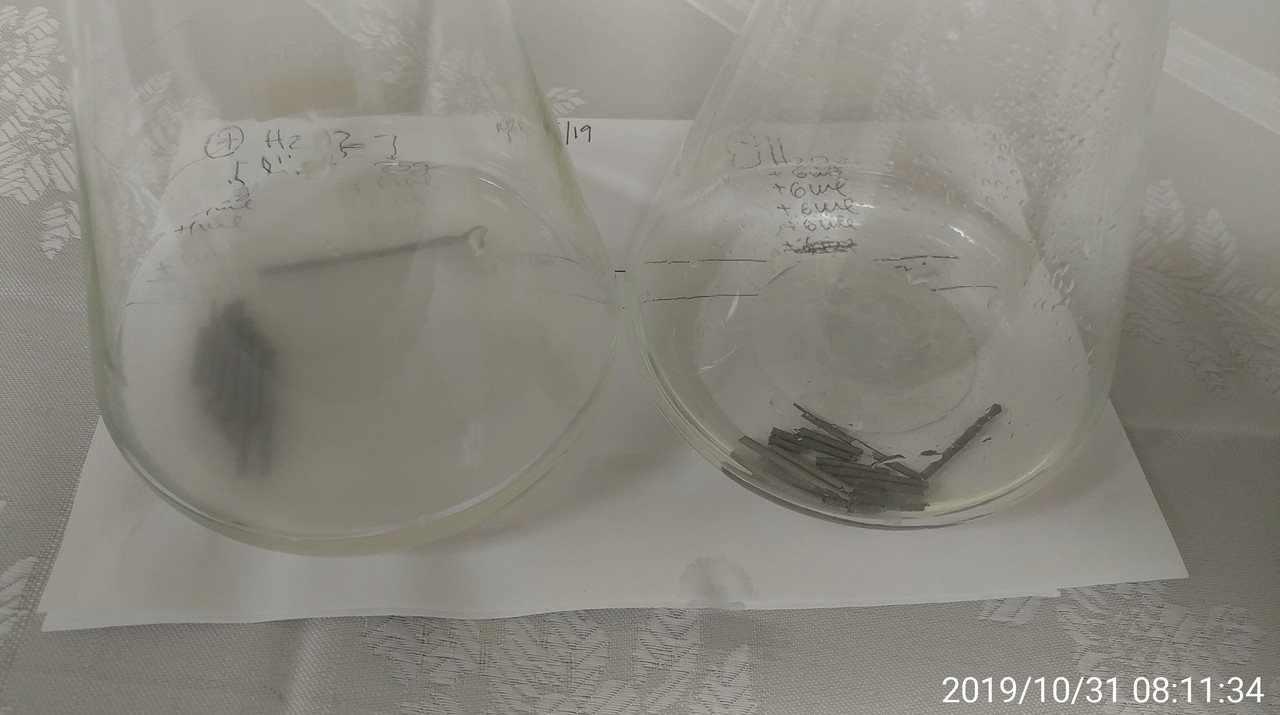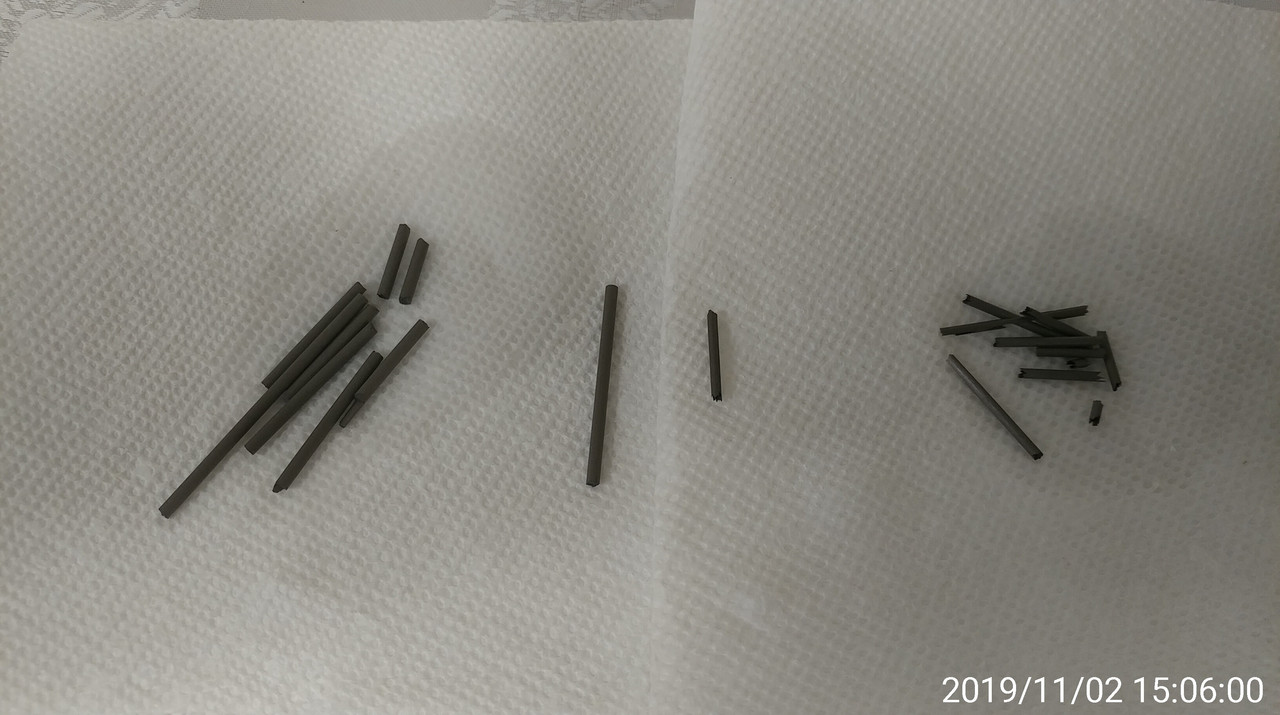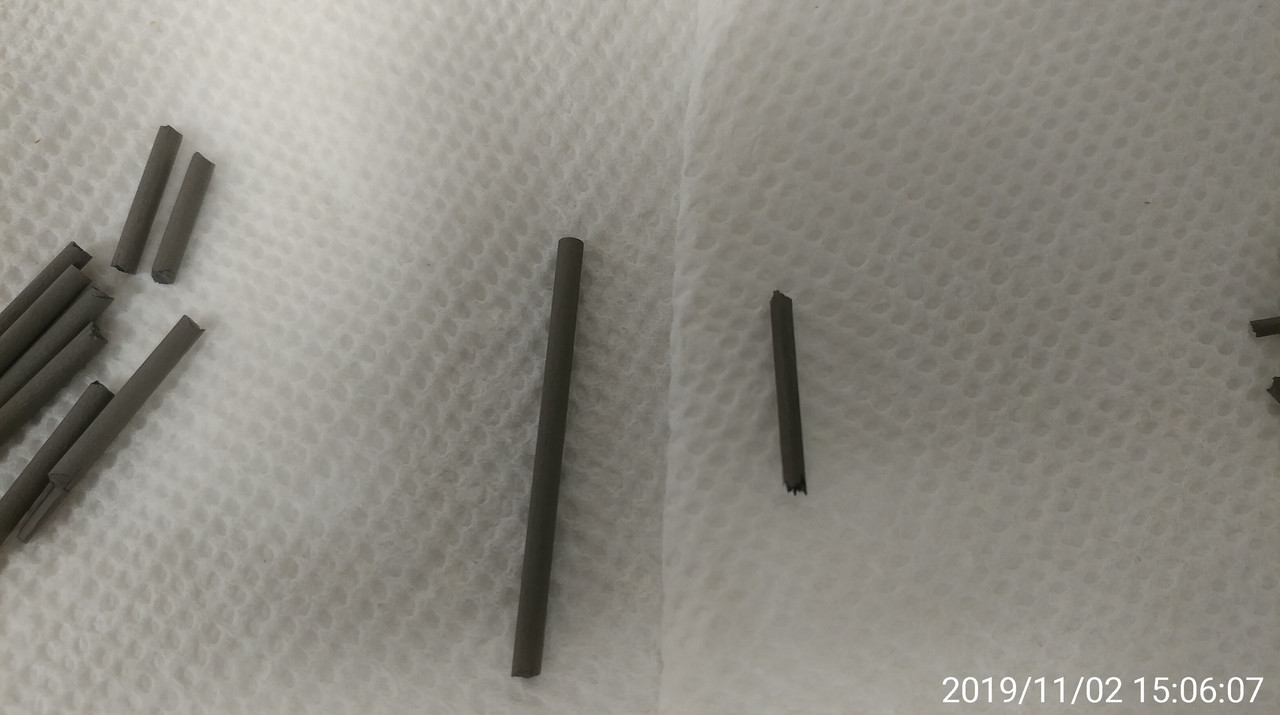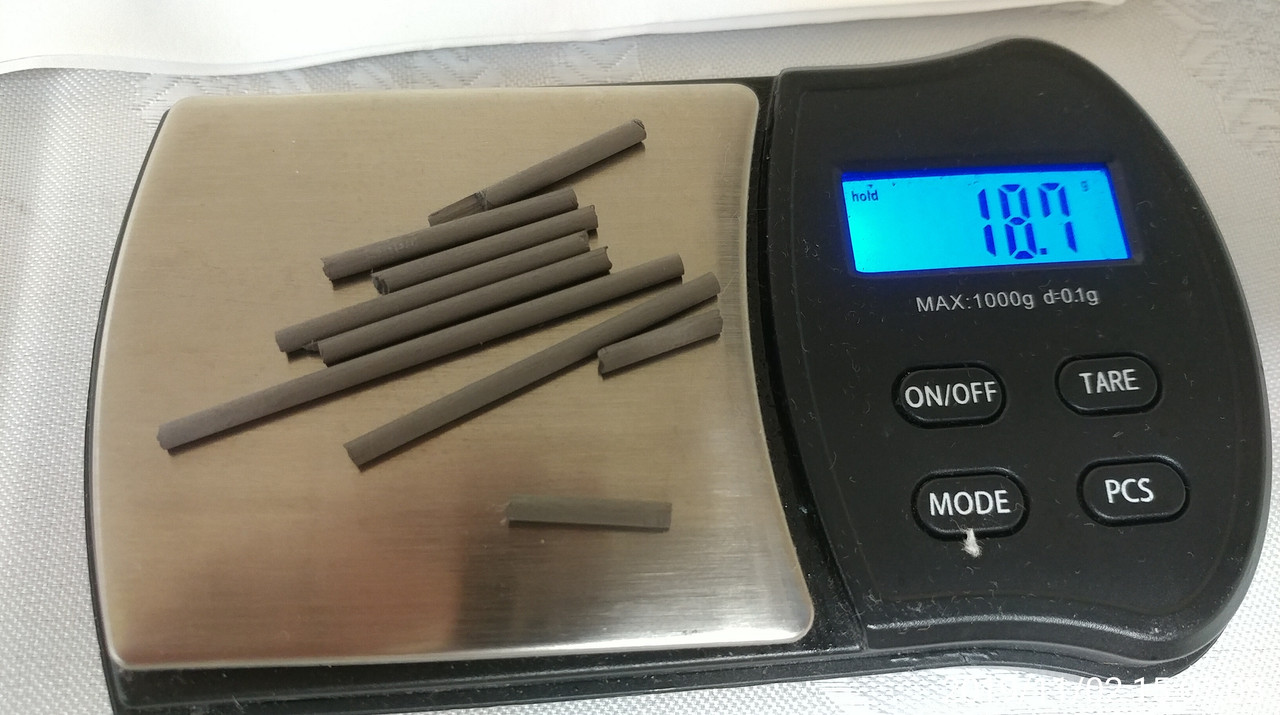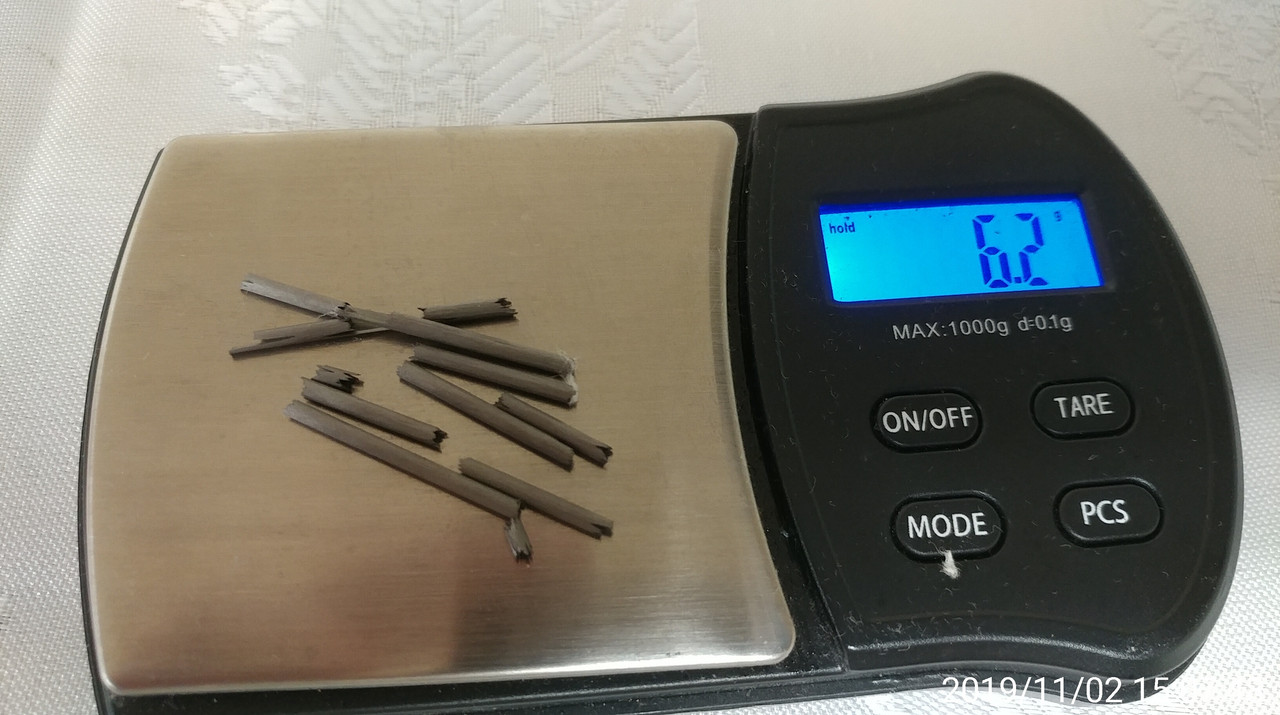
As such, I would try (pending a cheap available W source, most likely the filament in an incandescent bulb) a galvanic cell approach employing Tungsten metal (low surface area) versus Carbon (as graphite with more relative surface area) with household H2O2 in an electrolyte of sea salt in a microwave assisted prep.
------------------------------------------------------------------------------------
Interestingly, came across this health warning sheet on Tungsten at https://www.atsdr.cdc.gov/toxfaqs/tfacts186.pdf .
[Edited on 24-8-2019 by AJKOER]




 it is ammium tungstate. You want to keep that in solution,
otherwise it forms paratungstate which is much less soluble. Getting that back in solution is no fun.
it is ammium tungstate. You want to keep that in solution,
otherwise it forms paratungstate which is much less soluble. Getting that back in solution is no fun. 